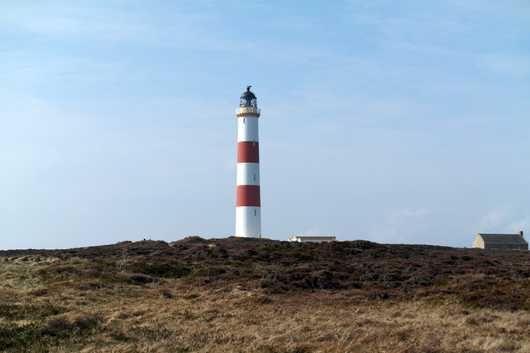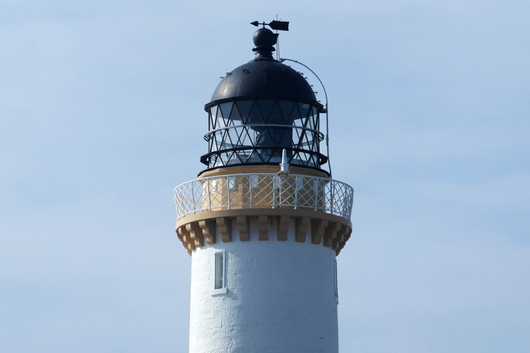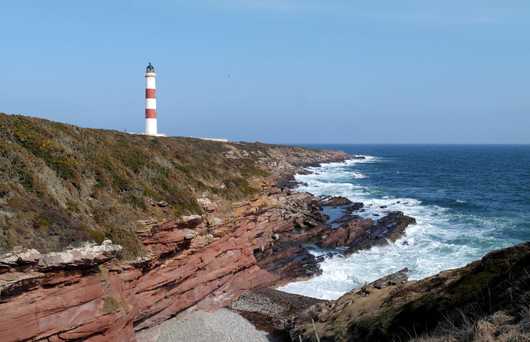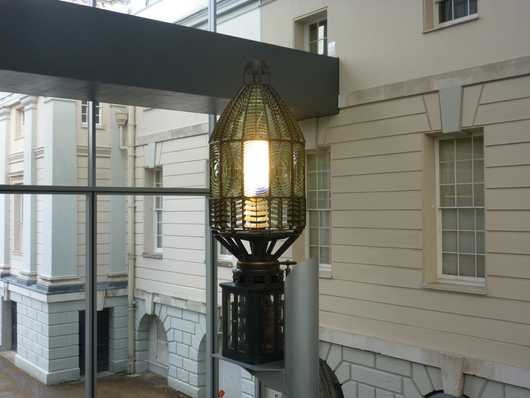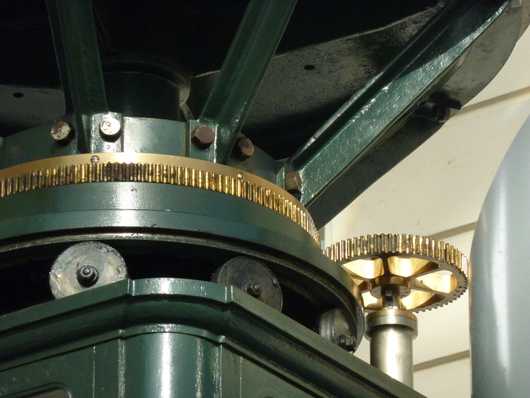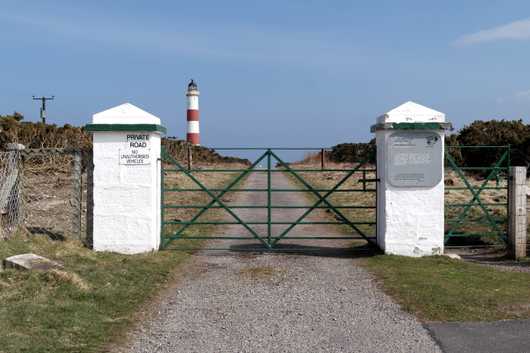Tarbat Ness
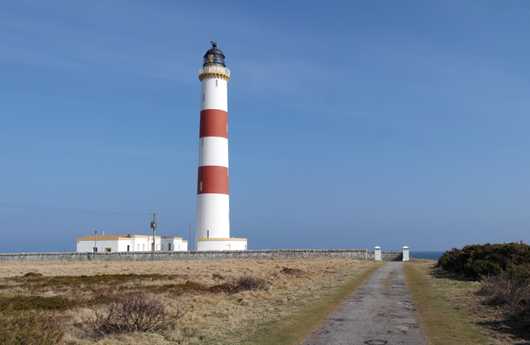
Tarbat Ness is a peninsular on the North side of the Moray Firth, a busy shipping channel that forms the approach to the Caledonian Canal. In November 1826 sixteen vessels were lost in the firth during a storm, and immediately there were calls for lights to be erected in the area, either at Tarbat Ness or Covesea skerries. There had already been talk of a light on Tarbat Ness prior to this, with the site being named as early as 1814, so Tarbat Ness lighthouse was prioritised, with Covesea Skerries lighthouse on the other side of the Moray Firth being a few years later.
The Northern Lighthouse Board commissioned their civil engineer Robert Stevenson to design the lighthouse, and the contractor James Smith of Inverness constructed it at a cost of £9,361 (approximately £879,923 in 2024), with the light entering operation on January 26th, 1830.
The tower is an impressive 41-meter-tall structure built of ashlar stone, rising from a semi-circular flat-roofed building. At the top of the tower the gallery is supported by evenly spaced machicolated corbels and is surrounded by railings with a distinctive criss-cross pattern; a staple of Robert Stevenson's designs that survive on most of his lighthouses. The lantern is a later addition and is itself unusual in that the lower tier of glass triangular panes is shorter than the upper two, giving it a stunted appearance. This lantern was likely installed during a rebuild that came about in 1892, when a Barbier & Co rotating Fresnel lens driven by a clockwork machine manufactured by James Dove of Edinburgh, which would've given 6 white flashes per rotation. Set behind the lighthouse is a single-story block of accommodation for the lighthouse keepers, which, surplus to the requirements of the Northern Lighthouse Board, is now in private ownership.
An early photo exists of the lighthouse painted entirely white, although now it is painted white with two red bands to make it more distinguishable.
The light was automated in 1895 and at this time the lens and clockwork mechanism were removed - they can now be found on display in working order at the National Maritime Museum in Greenwich, London. Four staggered banks of sealed beam units were installed during the automation works, and remained in operation until 2017, when they were replaced by a flashing Sealite LED unit, maintaining the character of four white flashes every 30 seconds.
The lighthouse is the third tallest in Scotland after North Ronaldsay and Skerryvore, and is the tallest on the Scottish mainland. You can see Tarbat Ness Lighthouse in the distance from Covesea Skerries lighthouse.

